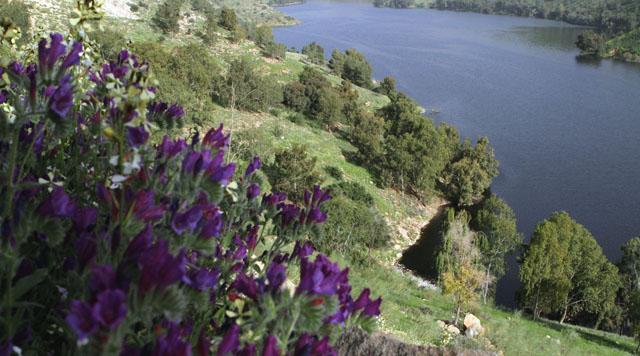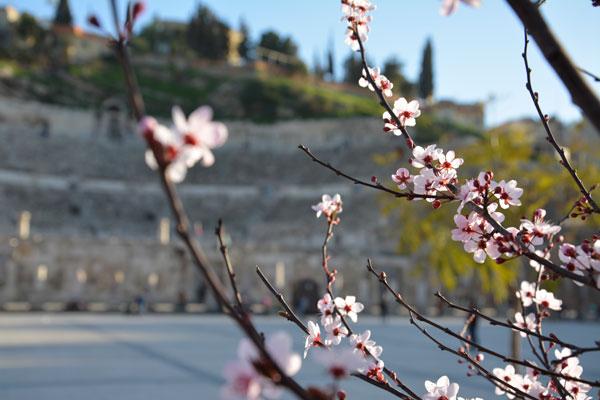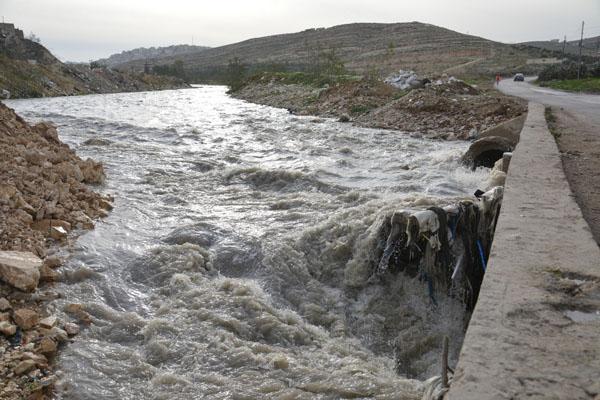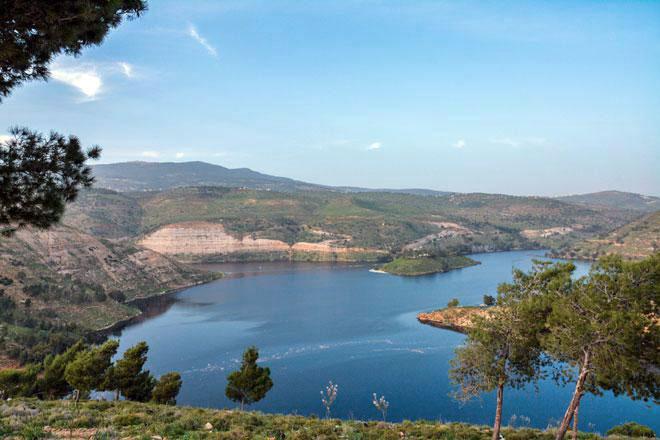You are here
‘Dams’ storage highest recorded in a decade’
By Hana Namrouqa - Mar 22,2015 - Last updated at Mar 22,2015

AMMAN — Winter ended this year with the country’s 10 major dams holding 65 per cent of their total capacity, the highest percentage recorded in a decade, according to official figures.
The 10 major dams now hold 211 million cubic metres (mcm) of their total capacity of 325mcm, Jordan Valley Authority (JVA) Secretary General Saad Abu Hammour told The Jordan Times.
“This is the highest storage recorded in years,” Abu Hammour said.
The spring solstice or vernal equinox occurred on Saturday, marking the beginning of spring and the end of winter in the northern hemisphere.
The spring solstice starts when the sun becomes vertical over the equator, which makes day and night of equal duration, meteorologist Laila Shaheen said on Sunday.
“The performance of the wet season was excellent. The majority of the governorates surpassed their long-term annual average of rainfall,” Shaheen told The Jordan Times.
The northern governorates received 99 per cent of their long-term annual average of rainfall; the western parts of the central region received 104 per cent; while the eastern parts of the central region received 119 per cent, she added.
The western parts of the southern region received 89 per cent and its southern areas received 114 per cent, while the eastern region received 101 per cent, according to official figures.
The Jordan Valley also received abundant rain, with its northern parts receiving 110 per cent, the central areas 108 per cent and the southern areas 134 per cent of their long-term annual average of rainfall.
“The end of winter doesn’t mean the end of the wet season because during spring, the country witnesses several spells of unstable weather and khamsini depressions which bring rain,” Shaheen underscored.
The name is derived from khamsin — meaning 50 in Arabic — because it usually occurs during a 50-day time frame, from March 21 through May 10. Khamsini weather conditions affect the eastern part of the Mediterranean an average of once a week during this period, according to the JMD.
The hot, sand-laden winds, originating from the Atlas Mountains in north Africa, annually move east of the Mediterranean Sea around this time of year and are usually preceded by unseasonably high temperatures and dry and dusty conditions.
Health experts advise the public to take precautionary measures during this period, as allergy cases and respiratory system infections increase, particularly due to pollen grains and dust.
Related Articles
AMMAN — Winter ended on Sunday with the Kingdom’s 10 major dams holding 60 per cent of their total capacity, according to an official.The da
Melting snow this week raised storage levels by 5.7 per cent in the country’s 10 major dams, which now hold 62.1 per cent of their total capacity, a government official said on Wednesday.
AMMAN — The country’s 14 main dams received 34 million cubic metres (mcm) of rainwater over the past three days, putting them at around 50 p

















